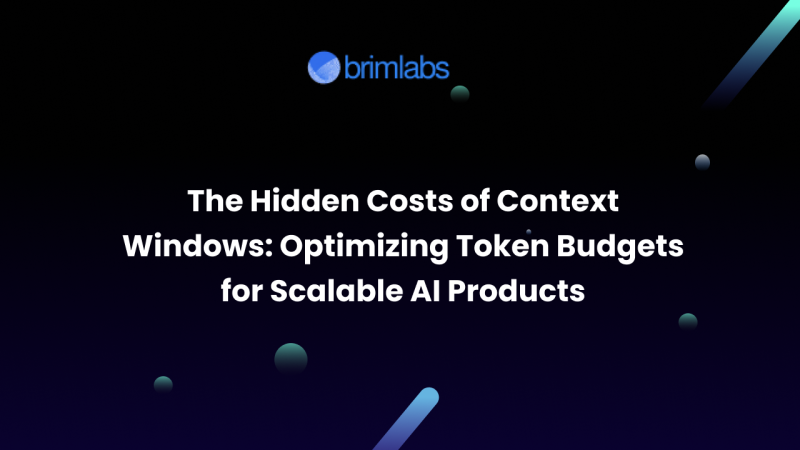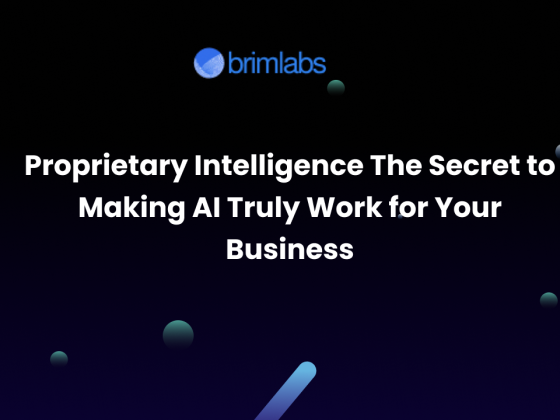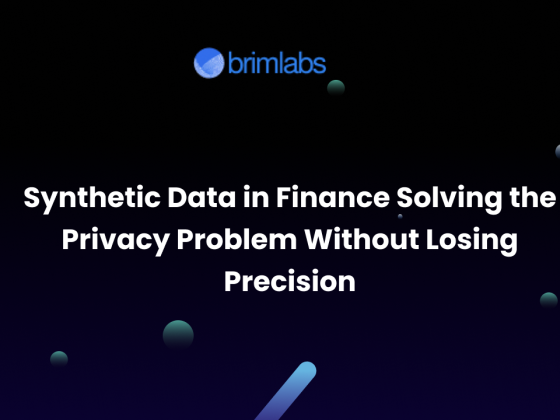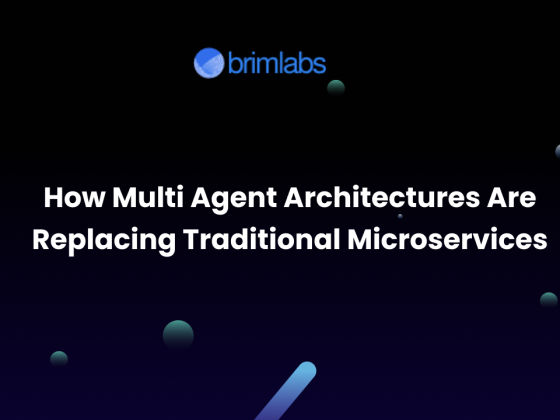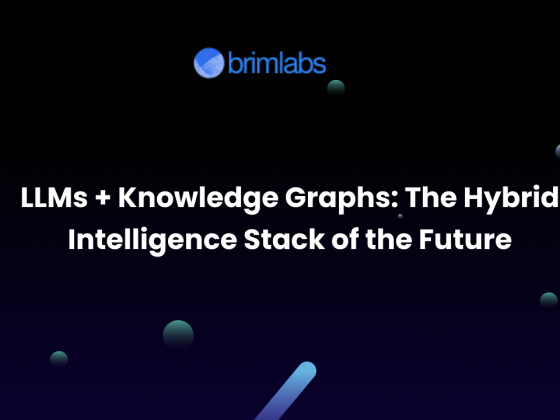Context windows are the silent tax of the AI era. Every message passed into a model is not only an input, it is a recurring cost item. The wider the context window the more expensive every single call becomes. Product teams do not always feel that cost immediately during experimentation. The real pain appears after the product moves to production and usage grows. What looked like a clever prompt structure during prototyping can evolve into a bill that threatens the unit economics of the business itself.
This blog examines that financial and computational burden, the effect on latency and throughput, and the practical strategies to reduce token waste without reducing capability. It is a topic that matters for anyone building serious AI software that must eventually support scale, margin, and reliability.
Why token cost is a scaling problem, not a research problem
In early research or hackathon settings prompt length feels free. No one calculates cost or latency. The breakthrough moment is correctness. Context width feels like a cheat code. If the model sees more information it responds with more nuance.
Shipping a real product changes the economics. When ten users use the system the cost is invisible. When ten thousand users use it every extra hundred tokens begins to matter. It plays out in the same way cloud storage pricing or network transfer pricing once seemed trivial until usage multiplied.
An AI product that relies on context stuffing will always follow a painful equation. More usage means more tokens. More tokens means more cost. More cost means worse margin. Worse margin kills the business unless the revenue per query is higher, which is rarely the case.
Latency and throughput also degrade with large context windows
Even when cost is tolerated there is another hidden price. Very wide context windows slow down every inference. The model must ingest, attend, and process every single token for every call. This increases latency per request and reduces total throughput per GPU. It is a speed tax.
For consumer products the moment latency crosses a certain threshold users disengage. For enterprise queues the delay compounds across concurrent users which creates support complaints and SLA failure risk. The result is not only financial. It is reputational.
The fallacy of context dumping as product design
Teams often treat the context window as a temp folder. Everything goes in. Full user profile. Entire previous chat history. Entire knowledge base section. Raw documents. Logs. Random variables. In many cases more than ninety percent of tokens passed to the model bring no material impact to the final answer.
This is not only a waste. It is a bad design. A strong AI product does not outsource memory and filtering to the model. It curates what the model must see at any instant. The context window should carry only what is needed to produce the response. Nothing more.
Strategies to reduce context cost without losing intelligence
There are practical ways to reduce token waste while preserving capability.
1. Retrieval instead of full history replay: Search the needed facts and send only the relevant chunk rather than the entire background. A well tuned retrieval layer can cut token usage by an order of magnitude.
2. Structured memory instead of raw transcripts: Instead of re sending prior messages, convert prior state into short state summaries. A ten sentence summary can replace a thousand tokens of chat history.
3. Role separation via smaller helper calls: Instead of feeding everything to one large model call, break down reasoning into staged calls with smaller queries. This reduces the amount of repeated context.
4. Policy and template injection through compact rules: Instead of pasting giant policy pages or brand books in every call, distill them into short instruction libraries that sit outside the live context and are injected selectively.
5. Pre compute and cache expensive prompts: For prompts that do not change across users such as rubric, scoring logic, or guidelines, pre compute the processed version or keep them server side without sending them each time.
6. Token aware evaluation and observability: You cannot optimize what you do not measure. A production AI system must track average input tokens per call, output tokens per call, spikes per route, and leakage zones. Hot spots usually reveal design flaws not user need.
The multi order impact of shaving tokens at scale
A ten percent reduction in tokens per call does not yield only ten percent savings. If that reduction enables faster latency, which leads to higher completion rates, which leads to more usage, which spreads fixed compute across more users, the compounded margin effect is much larger.
Token reduction also improves competitive posture. If two companies ship identical outputs but one requires half the tokens to do so, that company can serve the same number of users with fewer GPUs, lower opex, better margin, or lower price. That advantage grows with scale.
Token budgets enforce discipline that improves product quality
Design under constraint produces better software. Token budgets force teams to write clearer system prompts, sharper summaries, cleaner state machines, and more deliberate retrieval layers. This yields more predictable behavior, better testability, easier audits, and simpler reasoning about system failure.
A context window filled with arbitrary history makes the model act like a psychic improviser. A context window distilled with precision makes the model act like a controlled agent with well fed intent.
Do not confuse longer context with better intelligence
Vendors promote ever increasing context lengths as an indicator of superiority. In reality most product use cases rarely need those extreme limits. More context is helpful for a narrow set of workloads such as legal review or long form scientific synthesis. For most transactional applications the optimal path is intelligent reduction, not blind expansion.
Longer context improves ceiling performance but punishes median economics. Good AI engineering is not about chasing theoretical ceilings. It is about shipping systems that survive real world economics at scale.
Architecture matters more than raw context
Product teams have two choices. Pay for brute force context or architect to avoid it. One path is pure cost. The other path is design leverage.
A strong AI stack uses structured data stores, retrieval layers, memory abstraction, policies as code, streaming reasoning, and composable agent chains. In such an architectural context it is not a dumping ground. It is a carefully gated input channel.
Future trend: token cost will not drop at the same rate as usage grows
While model prices may decline over time, usage in successful applications tends to rise faster than price reduction. Token discipline will never stop being a competitive lever. Just as cloud cost optimization became an enduring practice for internet software, token cost optimization will become a standing discipline for AI companies. Those who build for that reality from the start will survive without painful rewrites later.
Conclusion
Optimizing context windows is not a micro trick. It is a macro survival rule. The cost of wasted tokens compounds across scale and threatens both margin and experience. Teams that learn to compress, retrieve, cache, and summarize will build AI products that can live in real markets rather than in demo environments.
Brim Labs builds AI products with this discipline from day one. We design retrieval, memory, and token aware architecture so that performance scales without cost explosion. This philosophy is built into our co build engagements, our AI native engineering practice, and every production system we ship for our clients.

